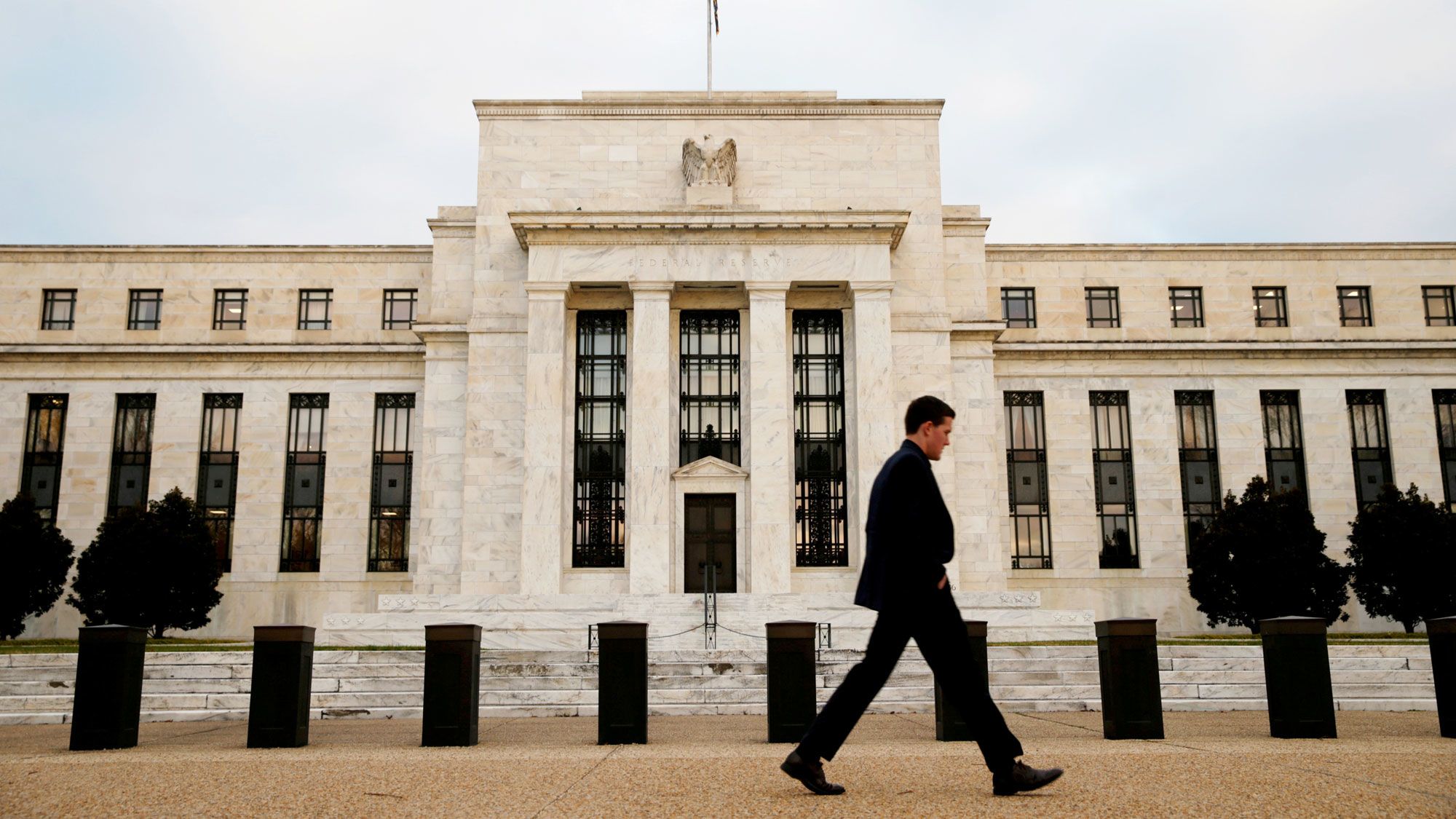
Negative interest rates have served as an effective policy tool for countries that have implemented them, at least in terms of easing financial conditions, according to a Federal Reserve study.
In a recent research paper, San Francisco Fed economist Jens H.E. Christensen looks at the results of five foreign central banks that implemented sub-zero rates starting in 2012, when the Danish National Bank first went negative. In each case, the move immediately brought government rates down and helped loosen up those economies.
Had the U.S. done the same, Christensen wrote, its growth rate following the financial crisis might have been better. The U.S. Federal Reserve took its benchmark rate down to a target range of zero to 0.25% at one point, but never crossed the threshold to go negative.
“Evidence that the U.S. post-crisis economic recovery was constrained by this policy choice … suggests that mildly negative U.S. policy rates from 2009 to 2011 could have supported higher economic growth and eventually pushed up inflation closer to the Federal Reserve’s target,” he said.
The conclusions go directly at some central beliefs held by Fed officials: That the “effective lower bound” is somewhere close to zero but not below, and that charging depositors to store their money isn’t an effective strategy to boost growth and spark a healthy level of inflation, which the bank estimates to be 2%. The Fed has struggled to reach the target, mirroring weak inflation across other global economies, including those that have used negative rates. There is some $17 trillion worth of negative-yielding government bonds in circulation globally.
President Donald Trump has implored the Fed to cut aggressively, tweeting in September that it should “get our interest rates down to ZERO, or less.”
Fed Chairman Jerome Powell, at September’s policy meeting, said officials considered the merits of going below zero but choose against the strategy.
“So negative interest rates is something that we looked at during the financial crisis and chose not to do,” he told media members following the Federal Open Market Committee meeting.
Powell said the strategy of using large-scale asset purchases — quantitative easing — along with forward guidance telling the public of its long-term intentions, served the Fed’s purpose.
“We feel that they worked fairly well. We did not use negative rates,” he said. “And I think if we were to find ourselves at some future date again at the effective lower bound — again, not something we are expecting — then I think we would look at using large-scale asset purchases and forward guidance. I do not think we’d be looking at using negative rates. I just don’t think those will be at the top of our list.”
Christensen argues, though, that effective lower bound “is clearly located significantly below zero.”
‘A constraint only in theory’
In Denmark, for instance, yields dropped to minus-1.29%. At one point earlier this year, the entire German yield curve was below zero. The European Central Bank was part of the study, as was the Swiss National Bank, the Swedish Riksbank and the Bank of Japan, along with Denmark.
Using those sub-zero rates, he said, reflects “the shared belief that zero is either a real or self-imposed constraint was wrong and was no longer valid.”
Through a series of rate hikes, the Fed brought its funds rate target to a range as high as 2.25% to 2.5%.
However, a wobbly economy and the ultimate inversion of the government yield curve, where short-duration bonds were yielding higher than their longer-term counterparts, forced the Fed into two rate cuts in 2019, with the market anticipating a third at next week’s FOMC meeting.
Since the Fed started cutting in July, the curve has become no longer inverted, with the key spread between the three-month and benchmark 10-year notes going positive on Oct. 11. Recession indicators also have become a bit less ominous since then — an inverted curve has been an infallible sign of a downturn for the past 50 years.
“The large level decline in the entire yield curve in all five cases reveals that the zero lower bound is a constraint only in theory and not in practice,” Christensen wrote. “Furthermore, these results demonstrate that negative rates are effective in lowering yields of all maturities; they thereby help ease financial conditions in much the same way that lowering the policy rate works away from the zero lower bound.”
Christensen pointed out that his study did not address some broader issues of negative rates as a policy strategy or their impacts, generally negative, on bank profits and the impact that has on the economy.

